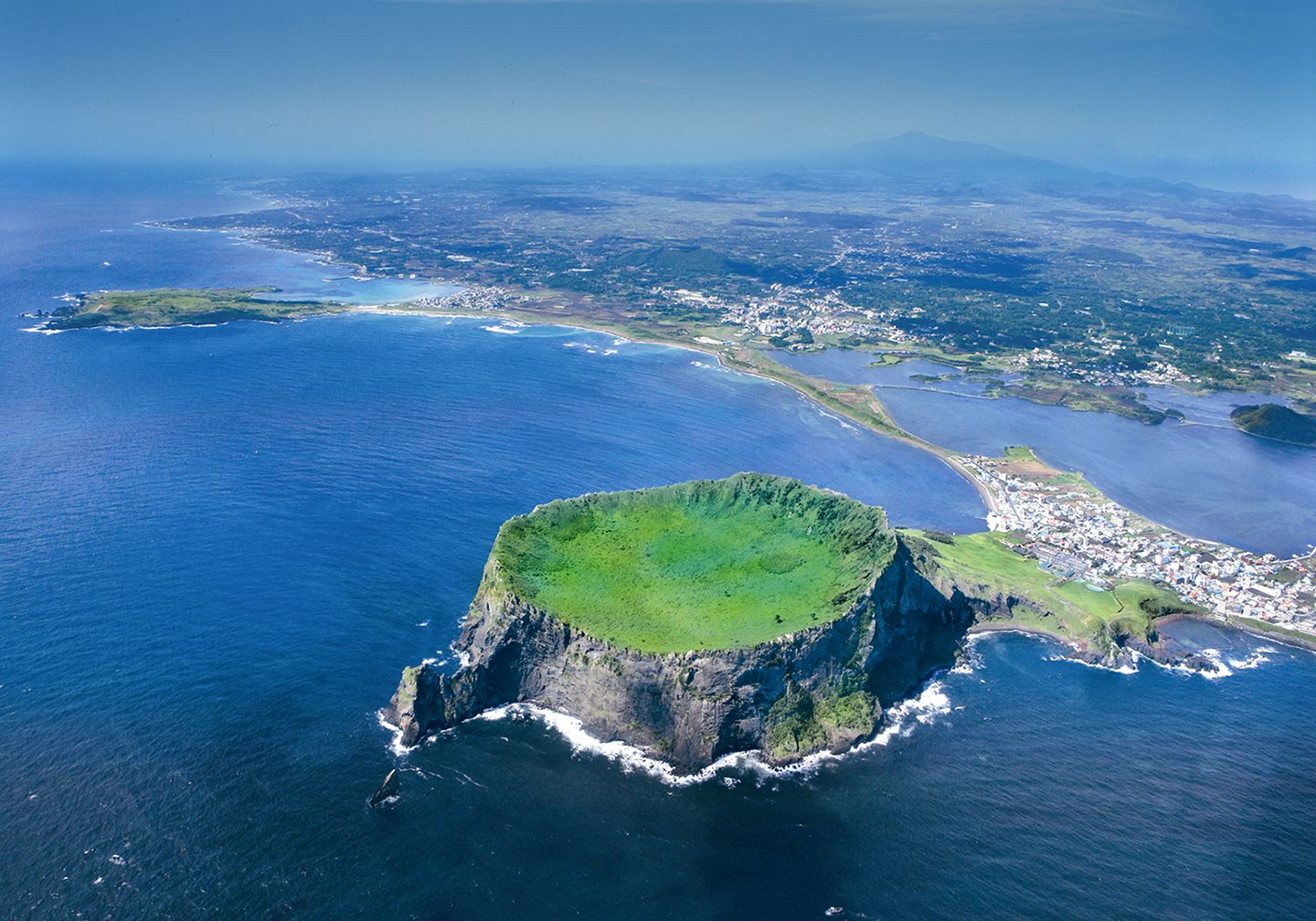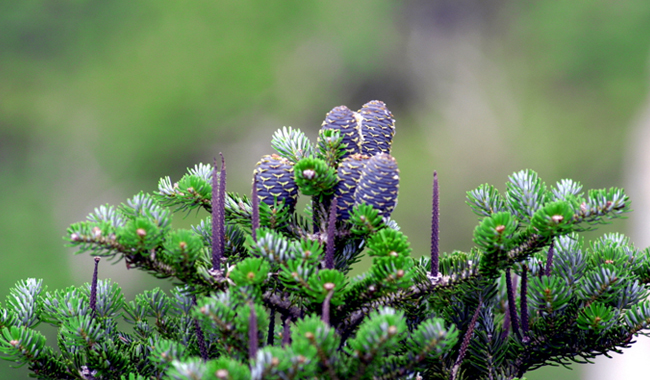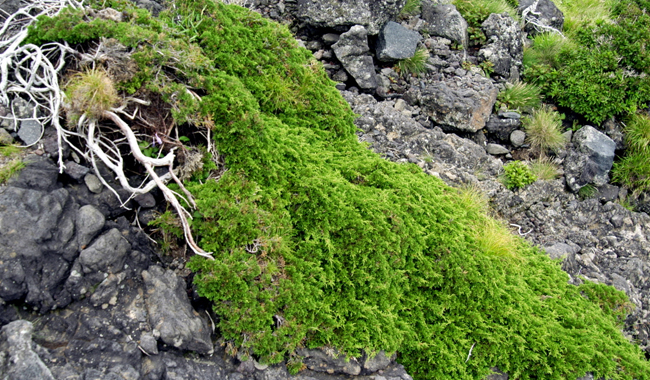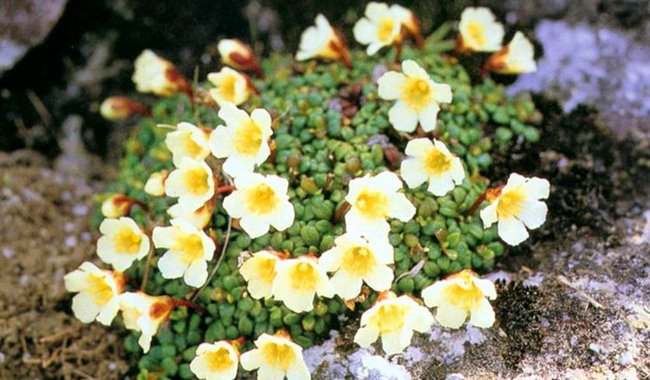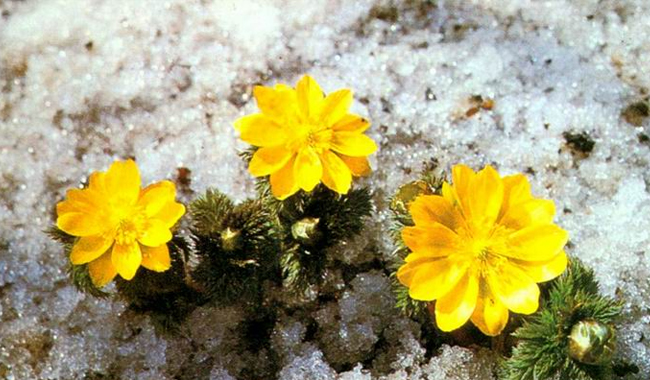Discover Korea's World Heritage
Jeju Volcanic Island and Lava Tubes
Jeju Island, Korea’s First UNESCO World Natural Heritage Site
Jeju Island was formed through volcanic activity that started 1.8 million years ago and lasted until 1,000 years ago. It is an ecological treasure trove featuring countless oreum (small volcanic hills), a world renowned lava tube system and a variety of endangered animals and plants. It was given a triple crown as a UNESCO-designated biosphere reserve in 2002, a World Natural Heritage in 2007 and a Global Geopark in 2010.
Source: Cultural Heritage Administration
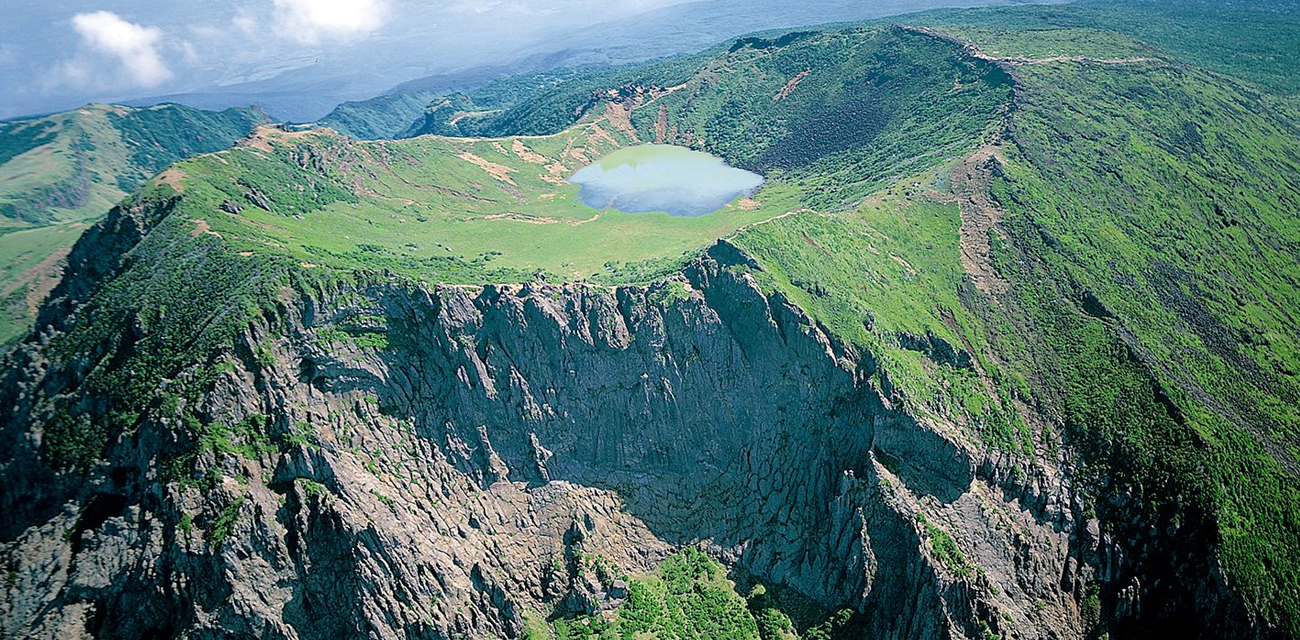
Mount Halla Natural Reserve
Mount Halla is the highest mountain in South Korea, rising 1,950 meters above sea level. It is a dormant volcano with a lake crater called Baekrokdam at its summit. The name Baekrokdam means “a place where white deer drink water.” Small and large parasitic volcanoes called oreum or ak are scattered throughout the hillsides. Thanks to thriving vegetation of various kinds, the mountain is a rich habitat for 4,000 species of animals and 1,800 varieties of plants. With a vertical distribution of different climate zones ranging from the subtropical to polar, Mount Halla Natural Reserve shows a unique ecosystem featuring distinctive geographical features as well as rare animals and plants.
Source: Cultural Heritage Administration
Geomunoreum Lava Tube System
The Geomunoreum Lava Tube System was formed about 100,000~300,000 years ago when magma gushed from Geomunoreum (parasitic volcano) and flowed along natural terrains in a northeasterly direction to reach the seashore. It created a huge lava tube system stretching 36 kilometers to include some 20 caves.
Among them, Bengdwi Cave, Manjang Cave, Gimnyeong Cave, Yongcheon Cave and Dangcheomul Cave made it onto the World Natural Heritage List. In Yongcheon and Dangcheomul Caves, in particular, stalactites, stalagmites, rimstones and cave corals are well preserved. The carbonate speleothems in Jeju are immensely beautiful.
Source: Cultural Heritage Administration
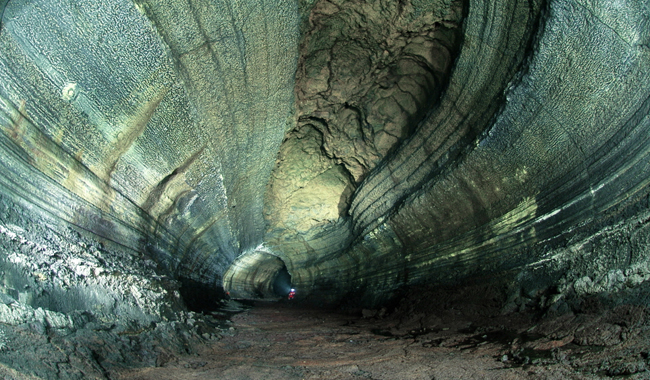
Manjang Cave
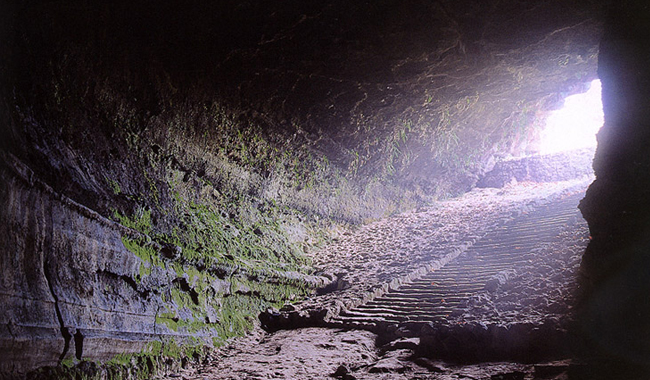
Gimnyeong Cave
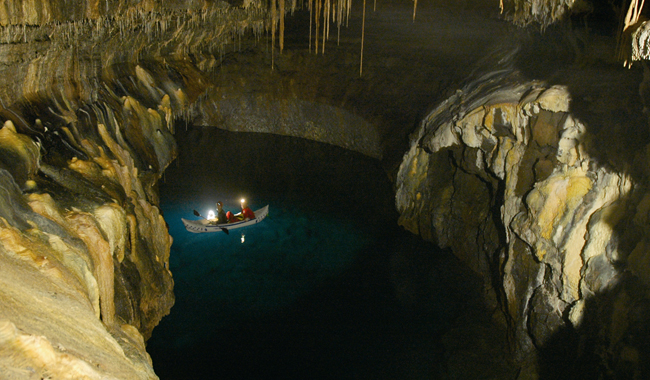
Yongcheon Caves
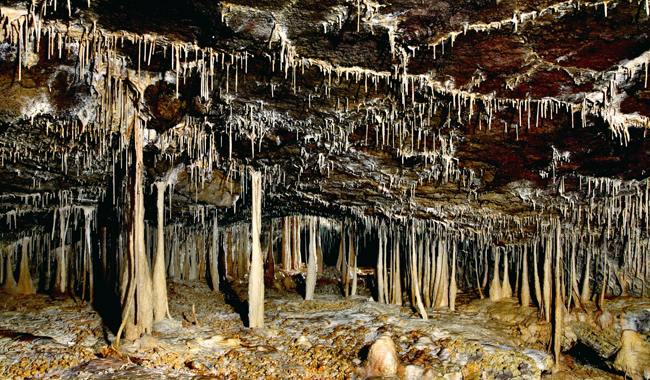
Dangcheomul Caves
Seongsan Ilchulbong Tuff Cone
The Seongsan Ilchulbong (Sunrise Peak) tuff cone is a typical formation formed by hydrovolcanic activities that was created between 50,000 and 120,000 years ago by volcanic ash erupting from a shallow seabed.
Located on the east coast of Jeju Island, the huge crater stands 180 meters high, with its three sides comprising precipitous sea cliffs. Surrounded by 99 sharp rocks, the crater looks like a big fortress. That is why it is called Seongsan (Fortress Mountain). The name also includes “Ilchulbong (Sunrise Peak)” as it provides a wonderful view of the sunrise. An amalgam of grandeur and the nature’s fantastic sculptures, the amazing nature’s wonder features a spectacular view on its own.
Source: Cultural Heritage Administration
